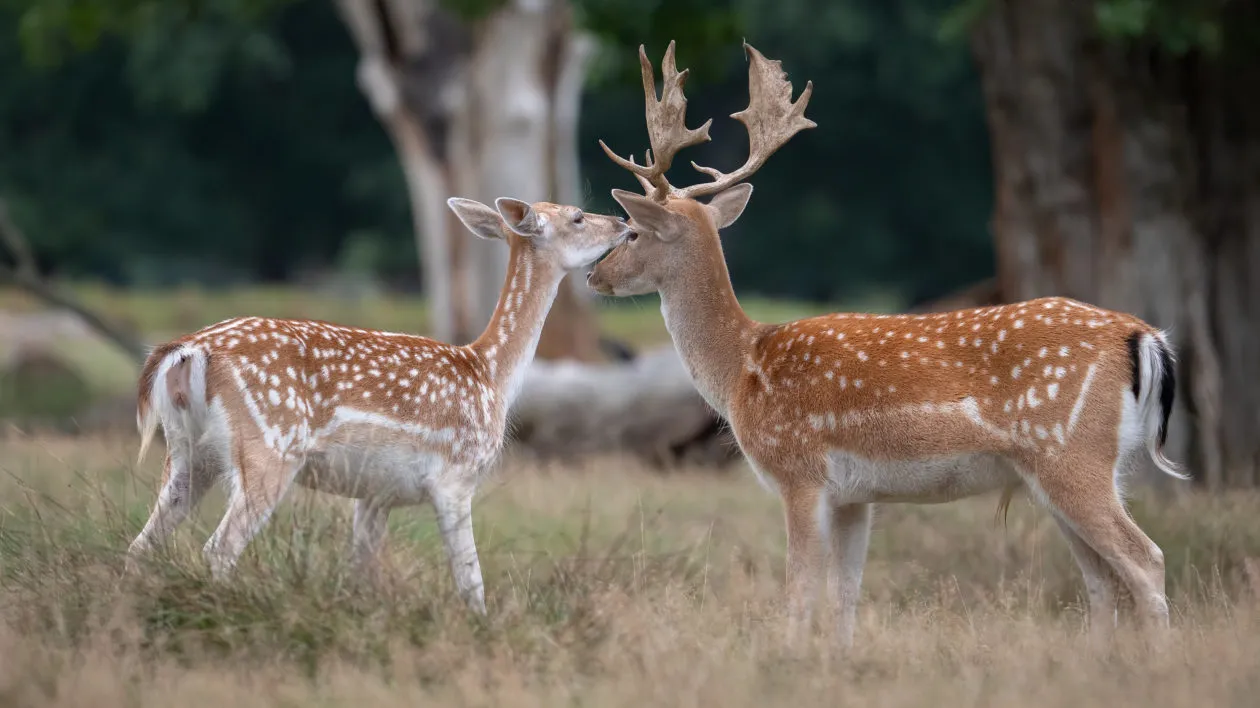White-tailed deer are the quintessential North American deer; in Europe they currently have two main species, fallow and red. The bright, colorful birds that locals merely call flycatchers are, in their gaudy beauty and weird behavior, captivating observers for centuries.
A Distinctive Look
Young fallow deer are spotted but their appearance changes with age. They lose their spots as they get older and mature to become a sought after deep reddish brown color. Bucks, the males of this species, grow massive antlers each year and drop them. Their racks are frequently palmated, making them one of a kind in appearance and squeezed.
A Social Species
Fallow Deer are gregarious animals and tend to form big herds of individuals. They have their own social structure whereby dominant males lead the group and a harem of females. Rutting season sees males partake in monumental battles to assert dominance.
A Versatile Diet
Fallow deer are herbivores, foraging upon various plant parts, such as grasses, herbs, leaves and fruits. Adapted to their environment, they can live in woodlands and also safely explore vast grassland fields.
A Cultural Symbol
Fallow deer have been introduced to human culture and are present in art, literature and mythology. These animals have been used for human consumption and as a sport harvest animal in parks or wildlife-first rate places.
Conservation Concerns
Fallow deer populations are stable in much of the world, but they have been threatened by habitat loss, poaching and diseases. Conservation is focused on habitat preservation, mitigating human-wildlife conflict and hunting quotas to ensure population sustainability.
European Fallow Deer is such a beautiful creature and they add to the biodiversity of European ecosystems. Knowing and valuing appreciate these animals will keep their legacy of life for the next generations!
